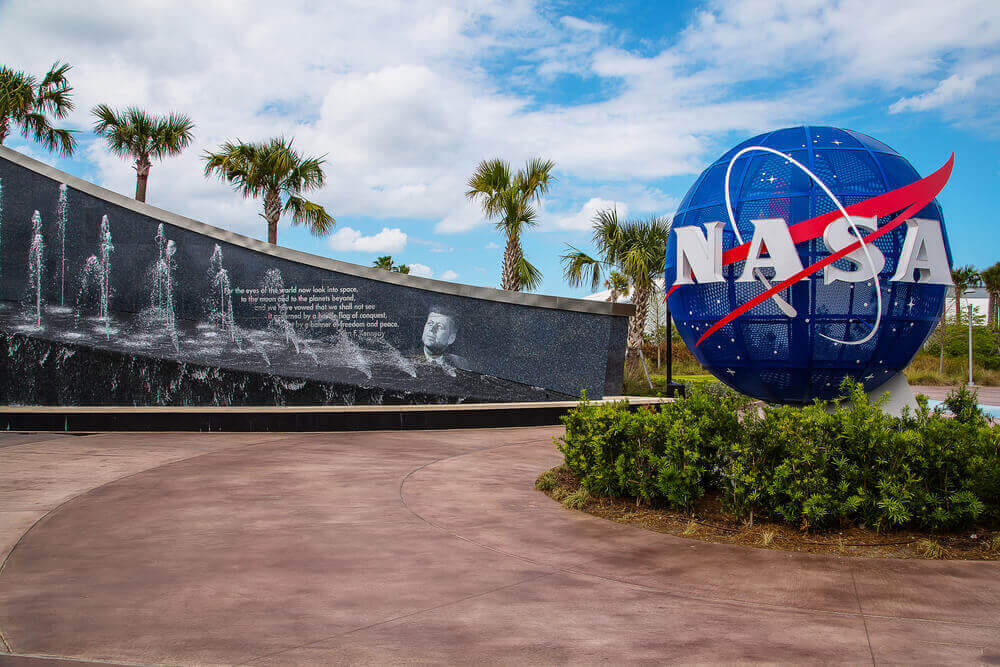
NASA’s Space technology mission
The role of government-sponsored research and development in the United States’ international economic competitiveness – particularly high-risk, high-reward research conducted by a combination of university, industry, and government – has been a major issue of discussion in Washington. NASA’s Space Technology Mission Directorate is one agency that is sometimes neglected despite its accomplishments (STMD). STMD advances the next generation of space technologies through its own research and development, investments in new, American-made technologies, and collaborations with other government agencies, businesses, and academia.
It is responsible for bringing about technology humanity has only imagined in science fiction, such as innovative lunar power systems, in-situ resource exploitation, and advanced manufacturing techniques.
This little entity has been extraordinarily successful in generating economic activity through spin-offs and technological innovations and in enabling new technological discoveries. STMD manages over 1,400 technical initiatives and roughly 140 planned flight demonstrations across all 50 states through 850 collaborations.
These investments assist not only our space efforts but also the lives of ordinary Americans on Earth. NASA research and development has resulted in satellite navigation, firefighting equipment, earthquake-resistant shock absorbers, low-cost ventilators, and other innovations.
When former NASA Administrator Charlie Bolden announced the founding of STMD, he stated that one of NASA’s main priorities is to invest in transformative, cross-cutting technologies. Strong funding for STMD is critical to retaining our international leadership role as nations such as China increase their spending on space technology to dominate the space domain. Indeed, space technology is identified as the “heart of its space industry” in China’s 2021 white paper on its space program.
STMD has shown to be a worthwhile investment in a challenging budget situation when Members of Congress must evaluate the return on each public dollar spent. The commercial space industry is eager to continue collaborating with NASA to advance future breakthrough technologies and assist the nation in going further and quicker in space and science, as several studies by the National Research Council and others have shown is required. As it crafts and approves FY23 appropriations measures, Congress should fully fund NASA’s $25.97 billion FY23 budget request, including the amount sought for STMD.


